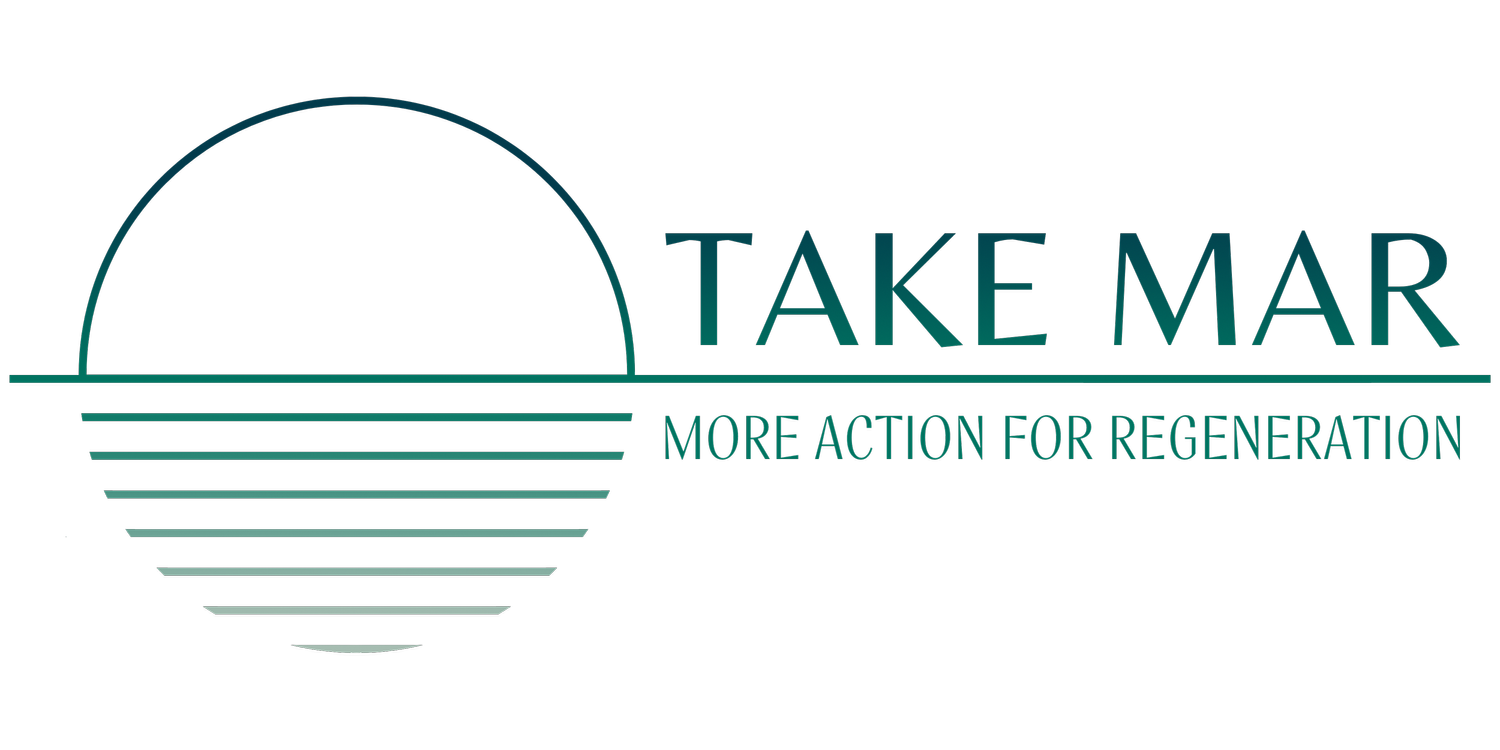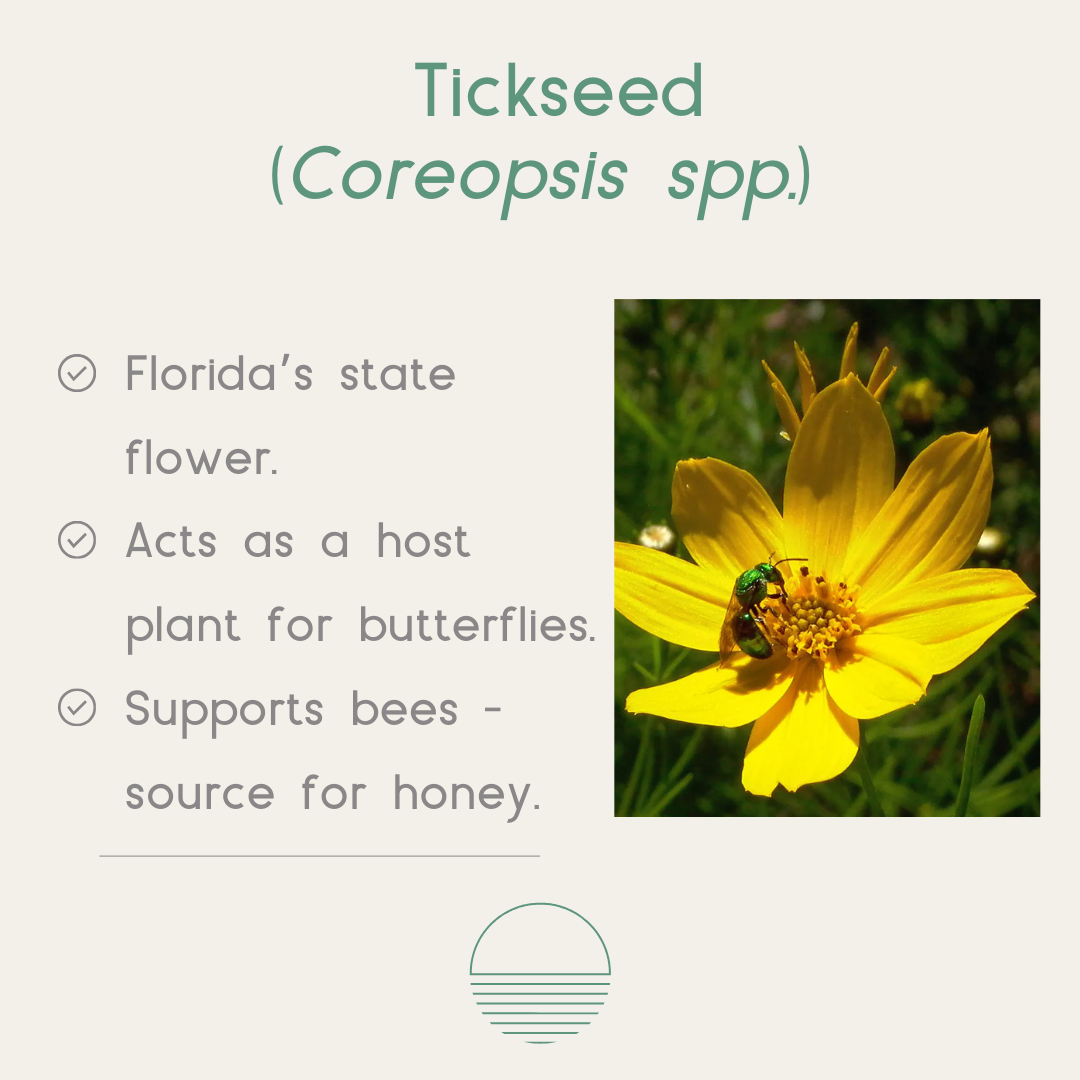How to Support Florida Pollinators This Spring
Pollinators are vital to Florida’s ecosystems, playing a crucial role in the plant reproduction process and ensuring food security for both humans and wildlife. Species, such as butterflies, bees, and hummingbirds not only contribute to the natural beauty of the state, but also help maintain biodiversity and support agriculture. However, negative impacts from habitat loss, pesticide use, and climate change are threatening essential wildlife. As spring approaches, now is the perfect time to create a pollinator-friendly environment and ensure these vital creatures thrive.
Why Pollinators Matter
Pollinators help fertilize plants by transferring pollen, aiding in the production of fruits, vegetables, and seeds. In Florida, native pollinators like the Monarch butterfly, Ruby-throated hummingbird, and American bumblebee are regarded as keystone species, recognized as essential contributors to the health and balance of our ecosystems. Without them, plant populations would decline, impacting both wildlife and humans who depend on these plants for food and resources.
Ways You Can Support Florida’s Pollinators:
1. Plant Native Flowers
Native plants are adapted to Florida’s climate and provide the best food sources for pollinators.
Consider planting:
2. Provide a Continuous Blooming Cycle
Choose a variety of plants that bloom at different times throughout the year. This ensures pollinators have a consistent food source from early spring to late fall.
3. Avoid Pesticides and Herbicides
Many pesticides harm pollinators by affecting their nervous systems or contaminating nectar and pollen. Opt for natural pest control methods, such as introducing beneficial insects like ladybugs or using neem oil.
4. Create Shelter and Nesting Sites
Pollinators need safe spaces to rest and reproduce.
You can help by:
Leaving dead tree branches or logs in your yard for bees to nest in.
Installing bee hotels to provide shelter for solitary bees.
Planting shrubs and trees that offer cover and nesting sites for hummingbirds.
5. Provide a Fresh Water Source
Pollinators need water to stay hydrated. A shallow dish with clean water and small stones for landing spots can be a great addition to your garden.
6. Reduce Lawn Size and Increase Wildflower Areas
Lawns provide little ecological benefit, whereas wildflower meadows or native plant gardens support pollinators. Reducing lawn areas and replacing them with flowering plants can significantly boost pollinator populations.
7. Get Involved in Local Conservation Efforts
Support organizations that protect pollinators by participating in community garden projects, advocating for pollinator-friendly policies, or volunteering for habitat restoration efforts. Keep an eye out for our upcoming events with planting opportunities near you!
Protecting Florida’s pollinators is an investment in our environment, food systems, and biodiversity. By making simple changes in our gardens and green spaces, we can create thriving habitats for butterflies, bees, and hummingbirds. This spring, take action to support these incredible creatures and help them flourish in our Sunshine State!





